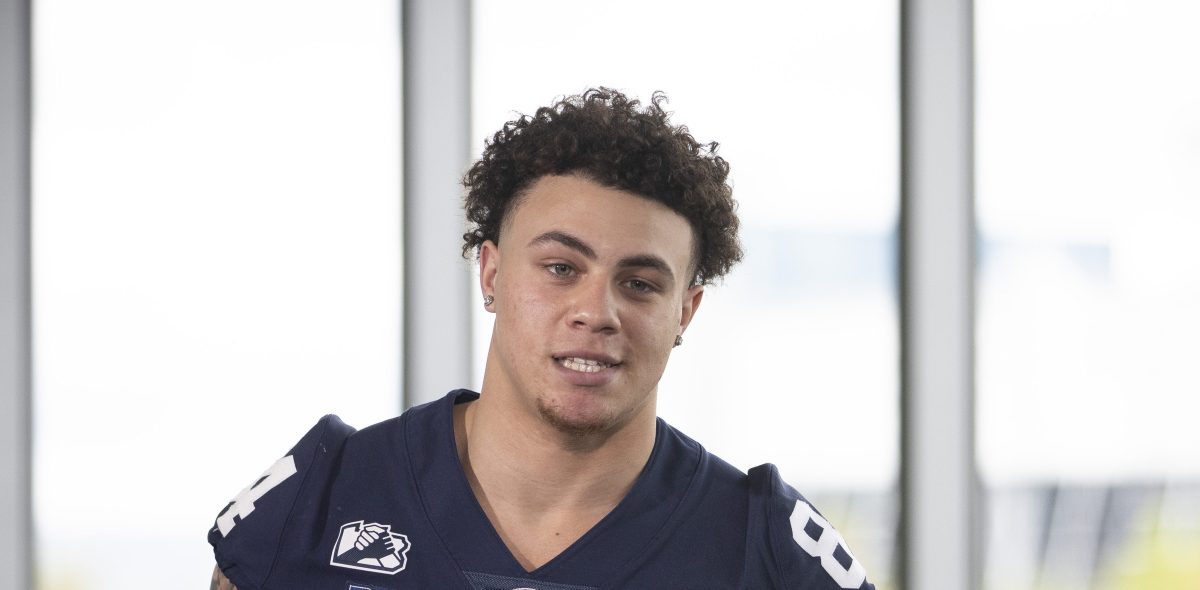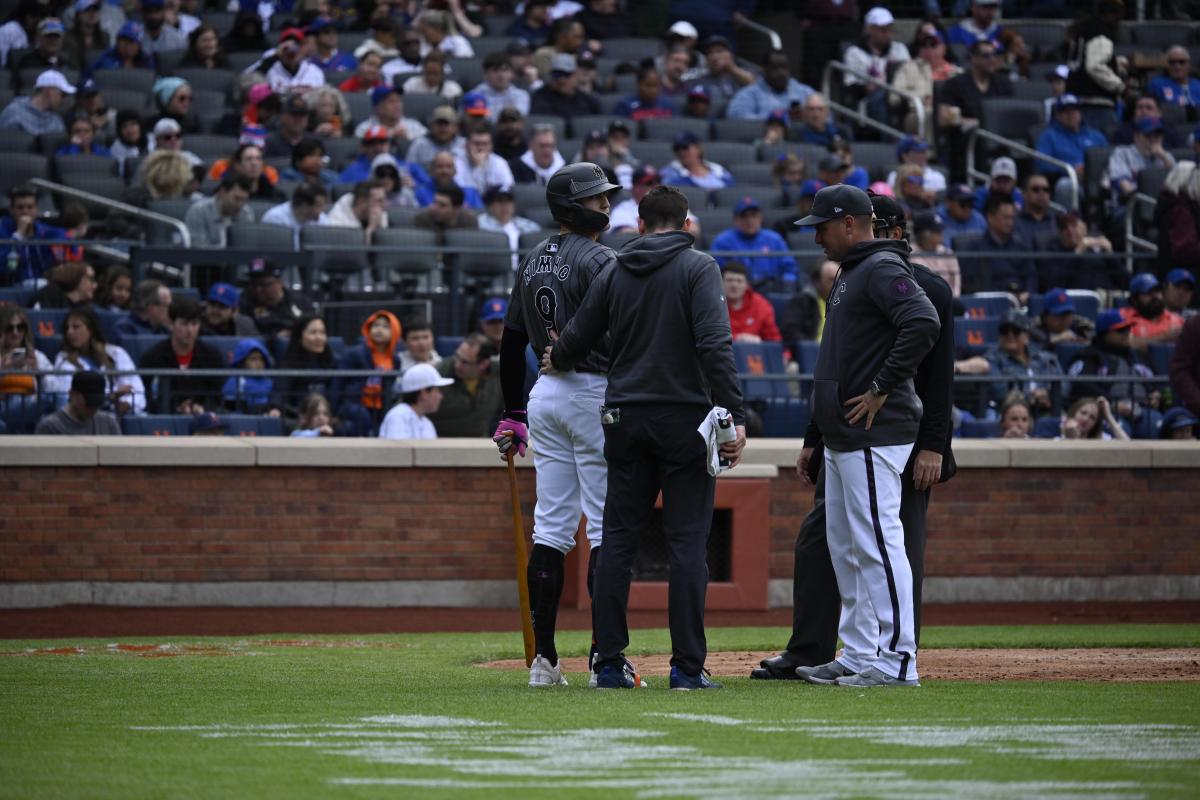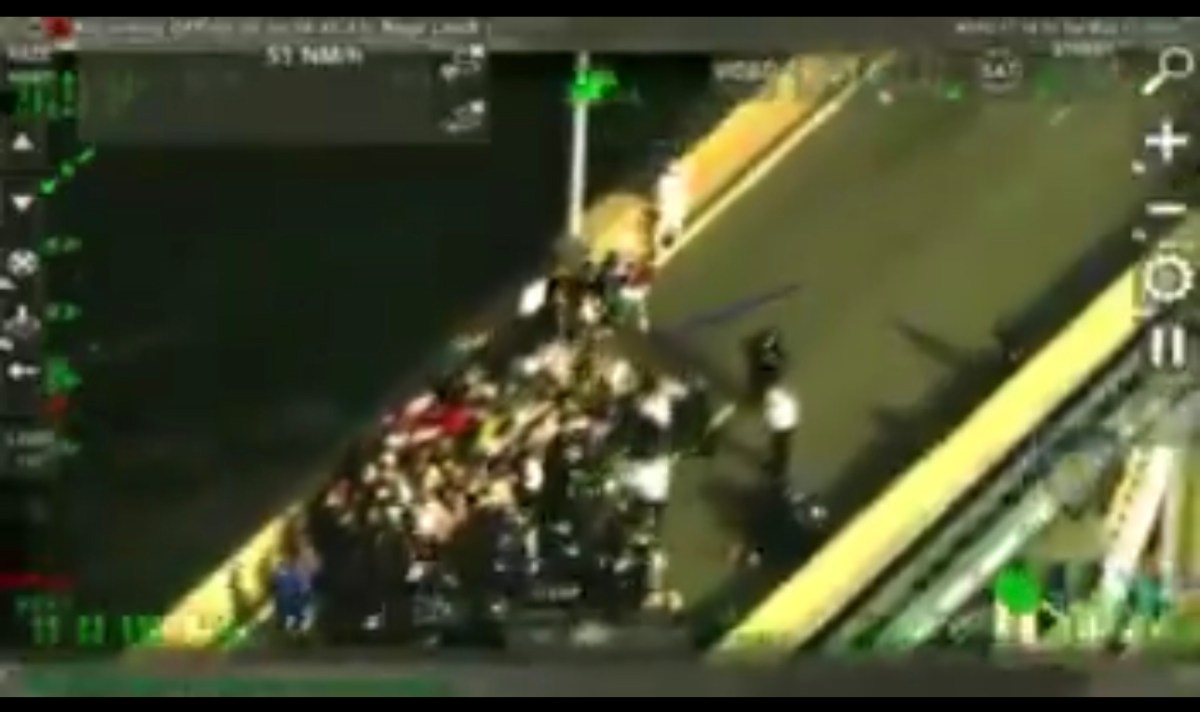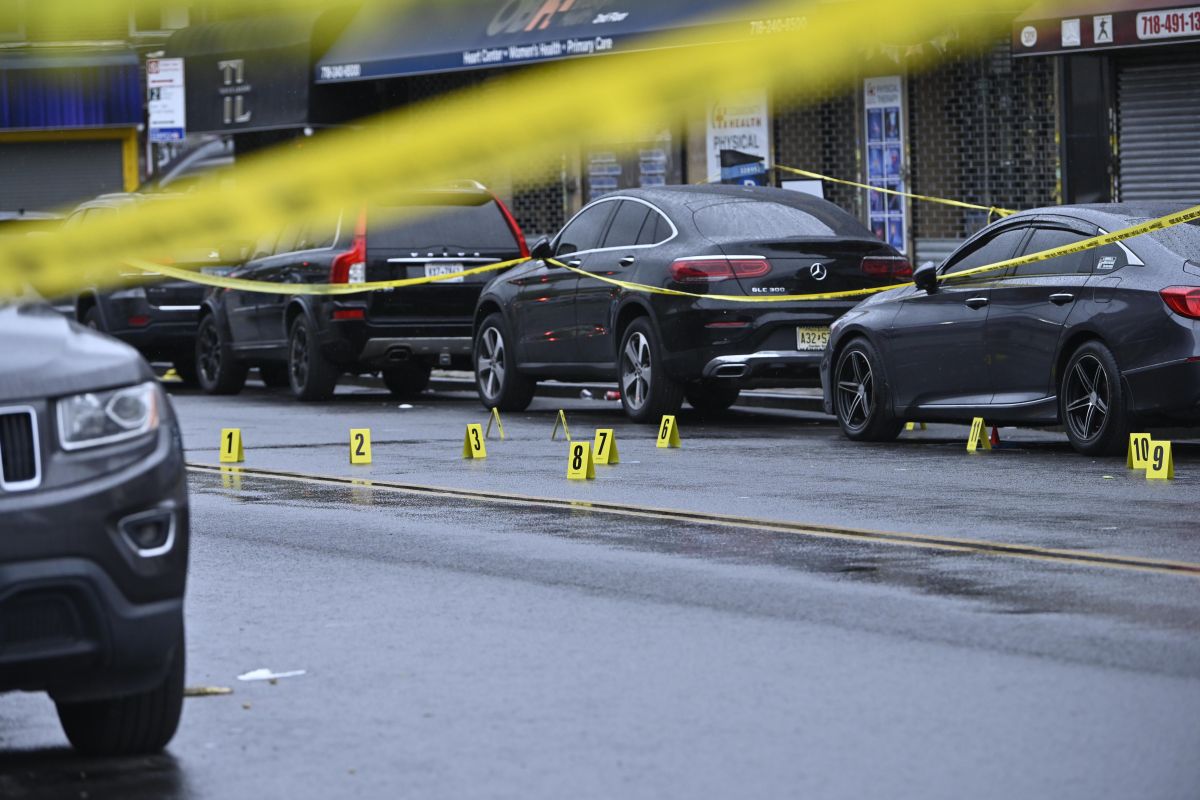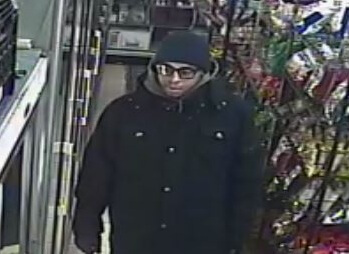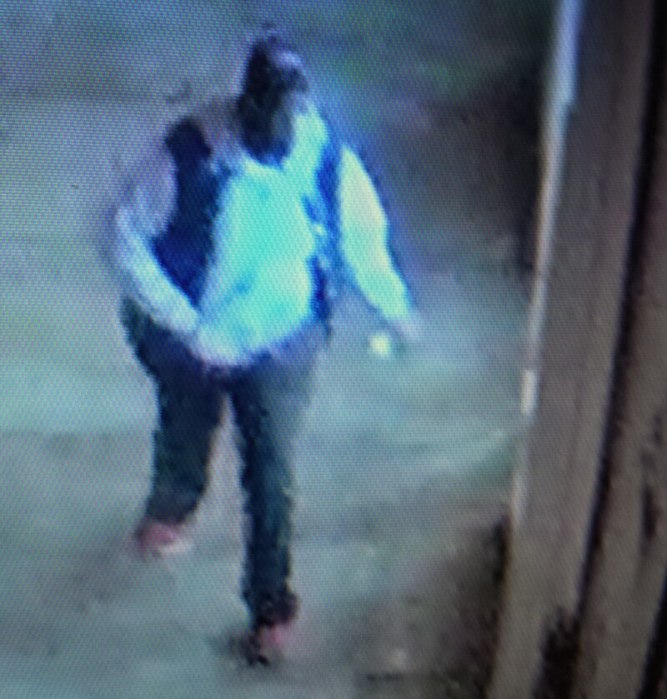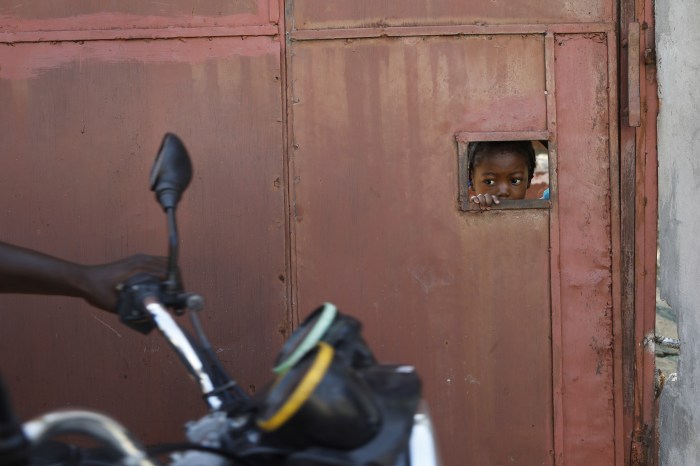The New York City Police Department has adopted new technology at a clip so fast that Commissioner Bill Bratton said he doesn’t have any current pilot programs on deck.
Within the last two years, NYPD has already begun to deploy or expand the use of body cameras, state-of-the-art tablets, a new gun detection system, and has completed enacting less successful innovations pursued by previous administrations. RELATED: The NYPD is adding 5,000 more body cameras to pilot program “What pilot programs are you talking about?” Bratton said when asked about initiatives launched since his second turn as top cop. “I’m not aware of any pilot program that I’ve implemented that didn’t evolve into a formal program.” Outside of police headquarters, it’s unclear exactly how the department defines a pilot program other than when it explores new technologies.
“The Police Department pilots things constantly, most of which people never hear of,” said Christopher Dunn, legal director with the New York Civil Liberties Union. “What a department decides to pilot really reflects a new administration’s philosophy towards policing.” Under Bratton and his boss Mayor Bill de Blasio, at least one pilot was geared towards the administration’s efforts to repair community-police relations. After announcing a pilot in 2014, Bratton said in July that he would end the department’s use of Operation Impact, a policing tactic launched by former Commissioner Ray Kelly that placed rookie cops in high-crime precincts. RELATED: NYPD launches gunshot detection system in Bronx, Brooklyn He’s been just as efficient in exploring technology, said Richard Aborn, president of the Citizens Crime Commission of New York City.
“The life in our communities and frankly the way crime is carried out is constantly changing,” Aborn said. “The technology that can support policing is advancing so rapidly that we would be foolish not to take full advantage of that.” Aborn cautioned against direct comparison of successful pilot programs, since each piece of new technology comes with unique obstacles. Still, he said NYPD has been at the forefront of piloting new tech for decades, most notably CompStat — deployed by Bratton in 1995 and with which police rely on crime statistics to deploy its resources. Since then, body cameras have become the department’s most discussed pilot program. The concept became a national talking point following a series of deaths of black Americans in police custody, including that of Staten Island man Eric Garner in July 2014. RELATED: NYPD to field test tablets with crime data app
Before the ubiquity of smartphones, law enforcement agencies were slow to adopt body cameras, which in recent months turned into a common sense reform supported by police, activists and lawmakers.
“No one can argue over video footage. No one can dispute the objective recording — it’s indisputable and undeniable,” Public Advocate Letitia James told Metro, adding that NYPD still needs to figure out how to make sure certain videos that don’t endanger victims’ privacy can be made public. “It’s a matter of transparency and accountability,” James said. “Hopefully we can negotiate a compromise with the administration to resolve police concerns.”
The next steps for body cameras aren’t really in NYPD’s hands, however. While Bratton said the department has budgeted to double the number of officers equipped with body cameras from 5,000, the commissioner said the particulars of how the cameras are implemented falls on the shoulders of the independent monitor appointed by a federal judge in 2013. RELATED: Mayor and NYPD unveil new community policing plan
Whether all beat cops will be required to wear body cameras won’t be known until closer to 2017.
Besides body cameras, the NYPD has also begun to roll out a series of changes Bratton said are part of his modernization of a police force with some 35,000 members.
Some 7,000 new tablets were used by officers during the papal visit, the commissioner said. Announced in October 2014, the customized technology — paid for by a $160 million grant from the Manhattan District Attorney’s office — was designed to offer police access to real-time information that they would need to access at station houses. ShotSpotter, NYPD’s latest effort to track and source gun shots by using rooftop detectors, was also expanded earlier this year. The $1.5 million program replaced a less successful pilot launched by former Commissioner Ray Kelly and put some 300 devices across rooftops within precincts with the highest number of shootings and shooting victims. Kelly also explored a small 2010 pilot program with two, followed by four precincts by 2012, that would videotape interrogations — a practice that reform experts pushed for as a way to prevent false confessions and accusations against officers. In 2012, Kelly told reporters that the department’s interrogations program was being rolled out by boroughs, starting with Queens. Three years later, Bratton said the effort is “well beyond pilot stage.” “Every squad now is all in and know the particular crimes that would be videotaped,” Bratton said. “That was well beyond pilot stage during Commissioner Kelly’s time.” Even so, the commissioner showed no sign of slowing down NYPD’s willingness to equip his officers with new technology that can help his officers better respond to crime.
“The idea of pilot programs is to test and see if we want to continue something,” Bratton added. “I think we have a pretty good track record of picking the right issues.”






